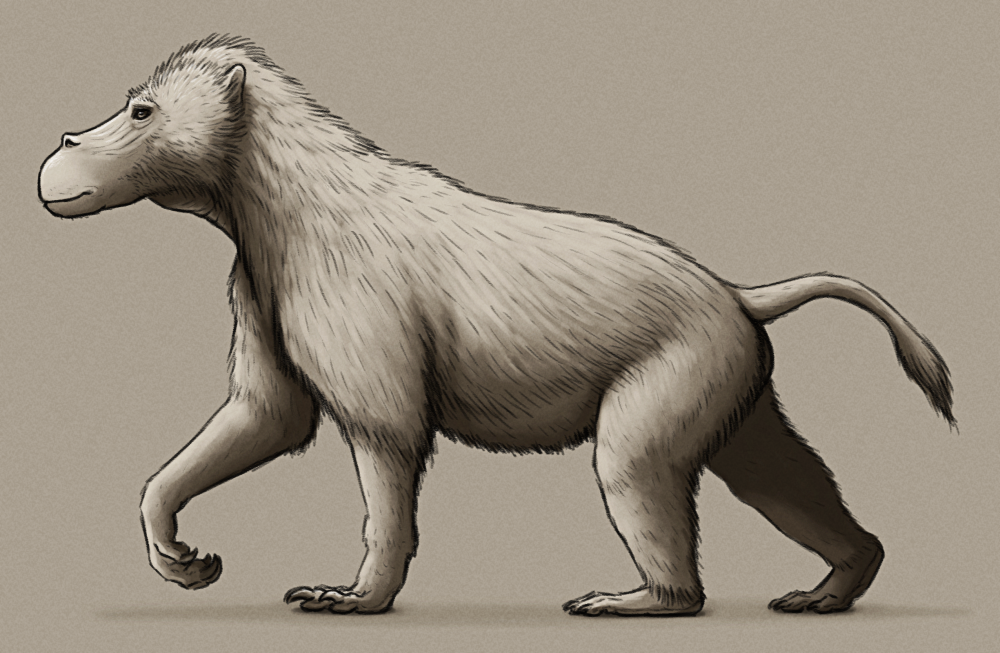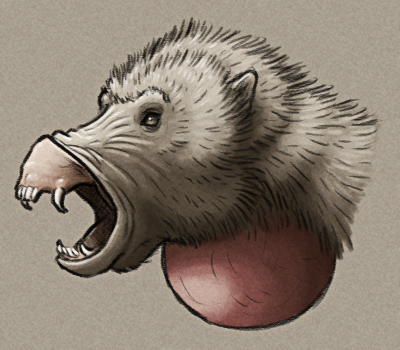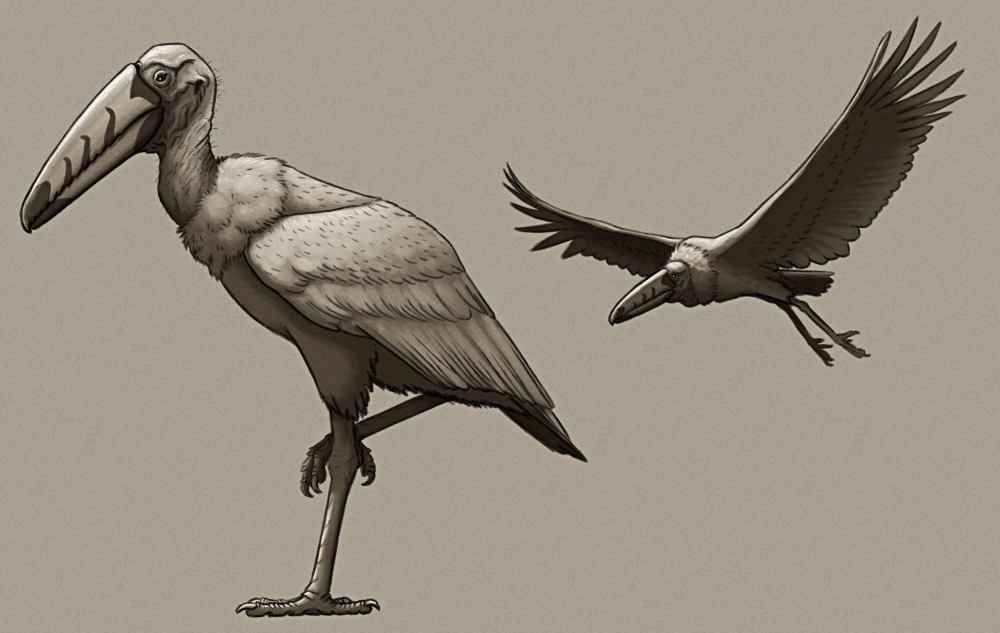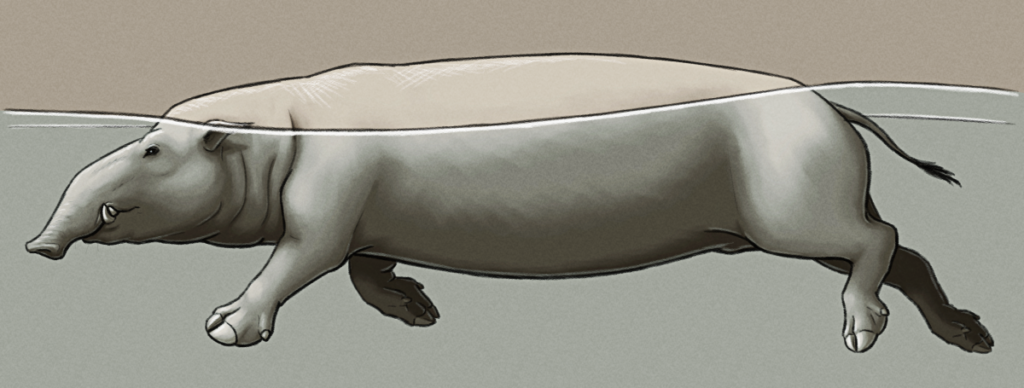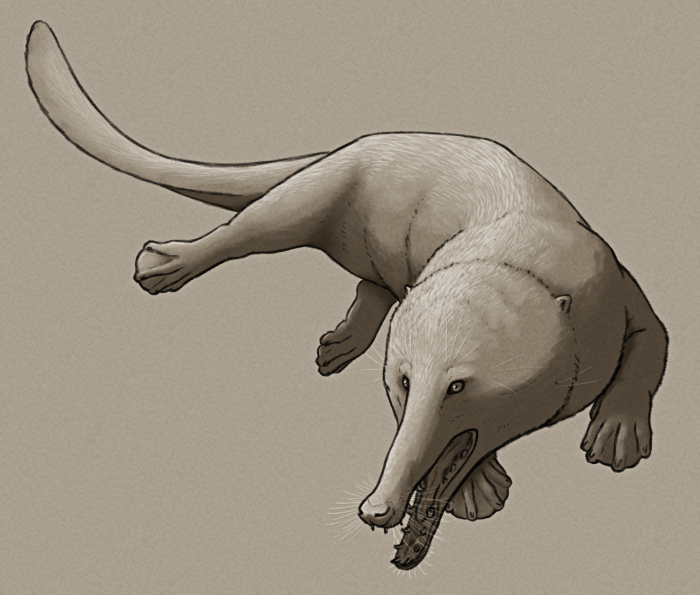GayCoonie suggested a “future legless mustelid”:

Descended from an arboreal offshoot lineage of the modern least weasel, Maximagale gaycooniei is a bizarre mustelid that appears to have converged on the lifestyle of ambush-hunting tree snakes, evolving in northern latitudes where actual snakes are largely absent.
Growing to about 1m long (3’3″), it’s not truly legless but its limbs are all reduced down to tiny vestigial single-clawed spurs, which are used to help anchor its body while climbing and as claspers during mating. It moves around with a distinctive inchworm-like looping gait, alternating grasping and releasing with its front and hind spurs.
Its build is bottom-heavy, with most of its mass concentrated in its thicker back end, and its tail is semi-prehensile. It clings to trees with its body bunched up, camouflaged with cryptic coloration, and rapidly whips its long flexible front half out to snap its powerfully-muscled jaws at prey – such as insects, birds, lizards, frogs, small mammals, and pretty much anything else that comes within its reach.
It will also opportunistically raid the nest of birds and arboreal mammals.
Due to the less frequent meals its ambush-hunting tactics provide, it has a much slower metabolism than its ancestors, and it conserves energy with daily periods of torpor and longer hibernation during the colder months of winter. It has also retained its ancestor’s tendency to seasonally shrink its brain size to reduce energy requirements even more.

